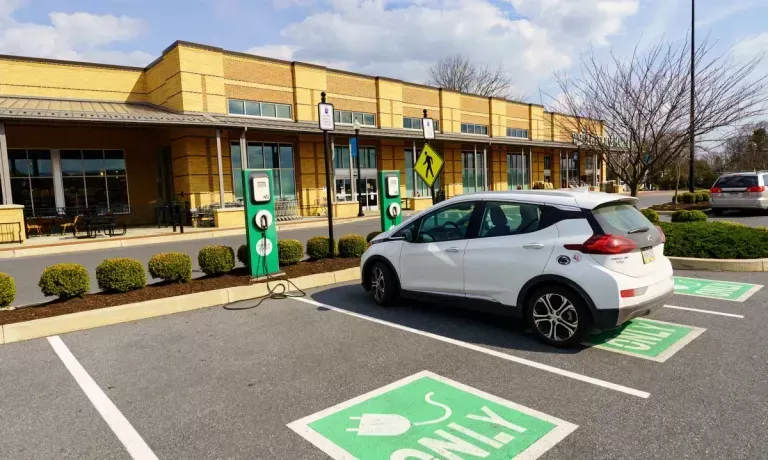Notifications

5 minutes, 36 seconds
-27 Views 0 Comments 0 Likes 0 Reviews

As a professional EV charger manufacturer in China, Topper Company delivers dependable electric vehicle charging station equipment and comprehensive charging solutions.The electric vehicle (EV) revolution isn’t coming—it’s already pulling into the parking lot. For convenience stores and fuel retailers, this shift is more than a trend; it’s a golden opportunity to stay relevant, attract new customers, and diversify revenue. As EV adoption surges, the demand for accessible, efficient charging infrastructure is exploding. For smart operators, installing EV chargers isn’t just a nod to sustainability—it’s a strategic play.
According to industry forecasts, EVs will account for more than 50% of new vehicle sales by 2030. That means tomorrow’s fuel stop won’t be all about gas—it’ll be about kilowatts, convenience, and customer experience. Convenience store owners who adapt early can gain a competitive edge, boost foot traffic, and position their business as a future-ready destination.
The success of an EV charging installation depends heavily on one unglamorous factor: location. Chargers need to be visible, accessible, and convenient—ideally right near the entrance, with signage that screams “Yes, you can charge here.” The easier it is for EV drivers to find and use your chargers, the more likely they are to stop, shop, and maybe even become regulars.
Proper placement also means ensuring enough space for vehicles to park and charge without blocking other areas or creating traffic jams. This isn’t just a box you check for functionality—it’s part of the customer experience.
Installing EV chargers isn’t free, but it also doesn’t have to bankrupt you. The good news? You’re not in this alone. Governments and utility companies offer grants, tax incentives, and rebates that can significantly reduce your upfront investment.
Better still, partnering with established EV charging networks (like ChargePoint, EVgo, or Electrify America) can offset installation and maintenance costs while connecting your store to a broader, app-connected network of EV users. It’s like joining a club, but instead of awkward social events, you get revenue and foot traffic.
Unlike gas customers, EV drivers can’t fuel and flee in five minutes. Most will spend 15 to 30 minutes charging—giving you a rare gift in retail: dwell time. That’s 15–30 minutes to tempt them with snacks, coffee, fresh food, lottery tickets, or whatever else your shelves are groaning under.
Want to boost the chance they’ll actually buy something? Create a comfortable, welcoming environment. Think shaded seating, clean restrooms, free Wi-Fi, maybe even an outdoor patio or small café vibe. EV drivers are often early adopters and tech-savvy consumers—they’ll notice (and reward) thoughtful amenities.
Not all EV chargers are created equal. For highway-adjacent locations or high-traffic zones, DC fast chargers are the MVPs. These high-powered units can juice a battery to 80% in under an hour—ideal for drivers on road trips or tight schedules.
Urban or suburban locations might benefit more from Level 2 chargers, which are slower but more affordable and great for shorter stops. Offering a mix of both types can help you serve different customer segments and keep chargers available more often.
The EV transition is rewriting the playbook for convenience retail. Those who adapt early—install chargers, rethink their layout, and reimagine the customer experience—won’t just survive the change; they’ll lead it. The fuel of the future may be electric, but the future of retail? That’s still about convenience, connection, and knowing exactly what your customers need… even when it’s a jolt of electrons instead of unleaded.Know more about Google SEO Directory
China EV Chargers EV Charger Manufacturer EV Charging Solutions
